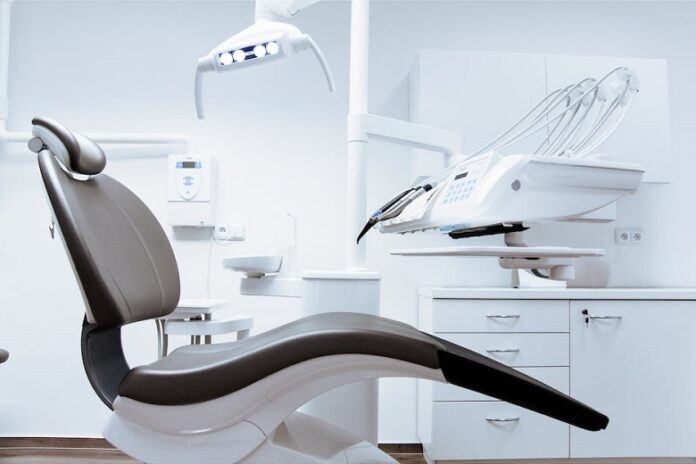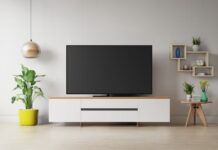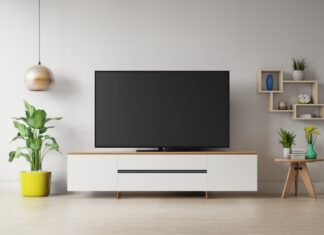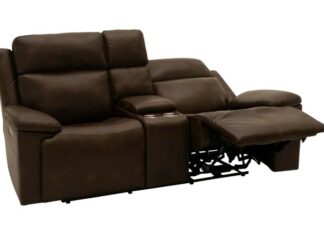Furnishing an examination room with appropriate tools is crucial for delivering efficient healthcare. From enhancing diagnostic capabilities to ensuring patient comfort, the selection of equipment plays a pivotal role in the overall functionality of a medical space. Let us learn five recommended pieces of equipment that are crucial for a well-equipped and efficient exam room.
1. Advanced Diagnostic Tools:
Table of Contents
Investing in advanced diagnostic tools is a fundamental element in ensuring the effectiveness of medical assessments within an exam room. Key equipment to be prioritized includes digital thermometers, otoscopes, and ophthalmoscopes, all of which play a crucial role in the comprehensive evaluation of a patient’s health.
Digital thermometers have transformed temperature measurements in medical settings with their unparalleled accuracy and speed. They offer healthcare providers a rapid and precise assessment of a patient’s body temperature, which is particularly vital in identifying potential signs of infection or monitoring a patient’s response to treatment. Incorporating such advanced diagnostic tools into the overall medical office design enhances the quality of patient care and contributes to a more efficient and streamlined healthcare environment.
2. Ergonomic Exam Tables:
The importance of an ergonomic exam table cannot be overstated when it comes to fostering an environment that prioritizes both patient comfort and healthcare provider efficiency within an exam room. This fundamental piece of equipment serves as the centerpiece for various medical assessments and examinations, influencing the overall experience for both patients and healthcare professionals.
One key attribute of an ergonomic exam table is its adjustability, allowing healthcare providers to customize the table to meet the specific needs of diverse examinations. The ability to modify the height, incline, or other parameters ensures that patients can be positioned optimally, facilitating a comprehensive and comfortable assessment process.
3. Digital Blood Pressure Monitors:
Incorporating digital blood pressure monitors into the medical equipment arsenal represents a pivotal step in streamlining the blood pressure measurement process and ensuring accurate readings within the confines of an exam room. These sophisticated monitors not only boast user-friendly interfaces but also play a significant role in optimizing the efficiency of patient care.
The user-friendly nature of digital blood pressure monitors simplifies the measurement process, making it accessible even for patients who might be unfamiliar with traditional methods. The intuitive design and clear digital displays contribute to a seamless experience, reducing potential errors and enhancing the overall ease of use.
4. Examination Lighting Systems:
Proper lighting stands as an indispensable factor in facilitating a comprehensive medical examination within an exam room. Strategic investments in adjustable and focused examination lighting systems are pivotal to guarantee optimal visibility during assessments, fostering an environment that supports the intricacies of detailed medical examinations. Among the myriad options, LED lights emerge as particularly noteworthy, not only for their brightness but also for their energy-efficient illumination.
The adaptability of adjustable lighting systems ensures that healthcare providers can tailor the intensity and direction of light to suit the specific requirements of each examination. This flexibility is crucial in illuminating targeted areas without causing unnecessary glare or shadows, allowing for a more precise and detailed evaluation of patients.
5. Telemedicine Equipment:
The integration of telemedicine equipment has evolved into a cornerstone of modern healthcare practices, reshaping the dynamics of patient care delivery within an exam room. A strategic consideration in this integration involves incorporating advanced devices, such as high-quality cameras and audio systems, specifically tailored for seamless remote consultations. This not only extends the reach of healthcare services beyond the confines of the physical exam room but also introduces a level of flexibility that benefits both patients and healthcare providers alike.
Investing in high-quality cameras ensures that the visual aspects of remote consultations are clear and detailed, mimicking the in-person experience as closely as possible. This visual clarity is particularly critical for examinations where visual cues are paramount, allowing healthcare providers to make accurate assessments and diagnoses even when physically distant from their patients.
Conclusion:
In conclusion, selecting the right equipment for an exam room is crucial for delivering high-quality healthcare services. From advanced diagnostic tools to ergonomic exam tables, each piece plays a unique role in enhancing the overall functionality of the medical space. By investing in these recommended pieces of equipment, healthcare providers can create a well-equipped and efficient exam room, ultimately contributing to the delivery of optimal patient care.











